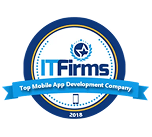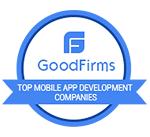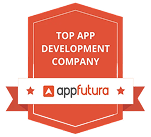Introduction: Why MVPs Matter More Than Ever in 2025
Have you ever wondered why some startups secure millions in funding while others struggle to get noticed? The secret often lies in their MVP strategy. In 2025’s hyper-competitive startup ecosystem, building a stellar Minimum Viable Product isn’t just important—it’s absolutely crucial for survival and success.
Think of an MVP as your business idea’s first date with reality. You’re not trying to impress with a full-course meal; you’re serving the appetizer that leaves investors wanting more. With venture capital becoming increasingly selective and investors demanding proof of concept earlier than ever, your MVP needs to demonstrate not just functionality, but genuine market demand and scalability potential.
The startup landscape has transformed dramatically. Gone are the days when a polished pitch deck alone could secure funding. Today’s investors want tangible proof—real users, actual engagement metrics, and validated product-market fit. That’s where IPH Technologies comes in, helping founders transform their innovative ideas into investment-ready MVPs that speak the language investors understand.
Understanding the MVP Concept in Today’s Market
What Exactly Is an MVP?
Let’s cut through the jargon. A Minimum Viable Product is essentially the simplest version of your product that still solves your users’ core problem effectively. It’s not about building something half-baked or cutting corners—it’s about strategic simplicity. Imagine you’re building Uber; your MVP wouldn’t need luxury car options or scheduled rides. It would simply connect drivers with riders efficiently.
The beauty of an MVP lies in its focused approach. You’re testing your core hypothesis with minimal resources, gathering crucial user feedback, and iterating based on real-world data rather than assumptions. This approach dramatically reduces the risk of building something nobody wants—a fate that befalls nearly 42% of startups according to recent studies.
The Evolution of MVPs in 2025
The MVP game has changed significantly. Today’s MVPs leverage artificial intelligence, cloud computing, and no-code platforms to achieve in weeks what previously took months. The bar for user experience has risen too. Even your most basic version needs to feel polished and professional because users compare every new app to the giants like Instagram or Spotify.
Modern MVPs also incorporate data analytics from day one. You’re not just launching and hoping; you’re measuring every interaction, understanding user behavior patterns, and making data-driven decisions. This shift towards metric-driven development has become a cornerstone of successful MVP strategies.
Also Read – Launch a Loan Lending App MVP: Affordable Steps to Validate Your Idea
Pre-Development Strategy: Laying the Foundation
Market Research and Validation
Before writing a single line of code, you need to become an expert on your market. Who are your competitors? What are they doing right, and more importantly, where are they falling short? This isn’t about copying—it’s about finding gaps in the market that your solution can uniquely fill.
Start with customer interviews. Talk to at least 50 potential users. Ask them about their pain points, current solutions, and what would make them switch to something new. These conversations are gold mines of insight that no amount of desk research can replace. Use tools like surveys, focus groups, and online communities to validate your assumptions.
Defining Your Core Value Proposition
Your value proposition is the promise you make to your customers. It answers the critical question: “Why should I care about your product?” This isn’t about listing features; it’s about articulating the transformation your product enables. For instance, Airbnb doesn’t sell room bookings; they sell unique travel experiences and the feeling of belonging anywhere.
Craft your value proposition using this formula: “We help [target audience] achieve [desired outcome] by [unique method/approach].” Keep it simple, specific, and focused on benefits rather than features. This clarity will guide every decision in your MVP development journey.
Identifying Your Target Audience
Trying to build for everyone means building for no one. Your MVP needs a laser-focused target audience—your early adopters who feel the pain point most acutely and are actively seeking solutions. These aren’t just any users; they’re the ones who will forgive your MVP’s rough edges because the core value is so compelling.
Create detailed user personas that go beyond demographics. What are their goals, frustrations, and daily workflows? What other products do they use? Understanding these nuances helps you make informed decisions about features, design, and messaging that resonate with your ideal users.
Building Your MVP: The Step-by-Step Process
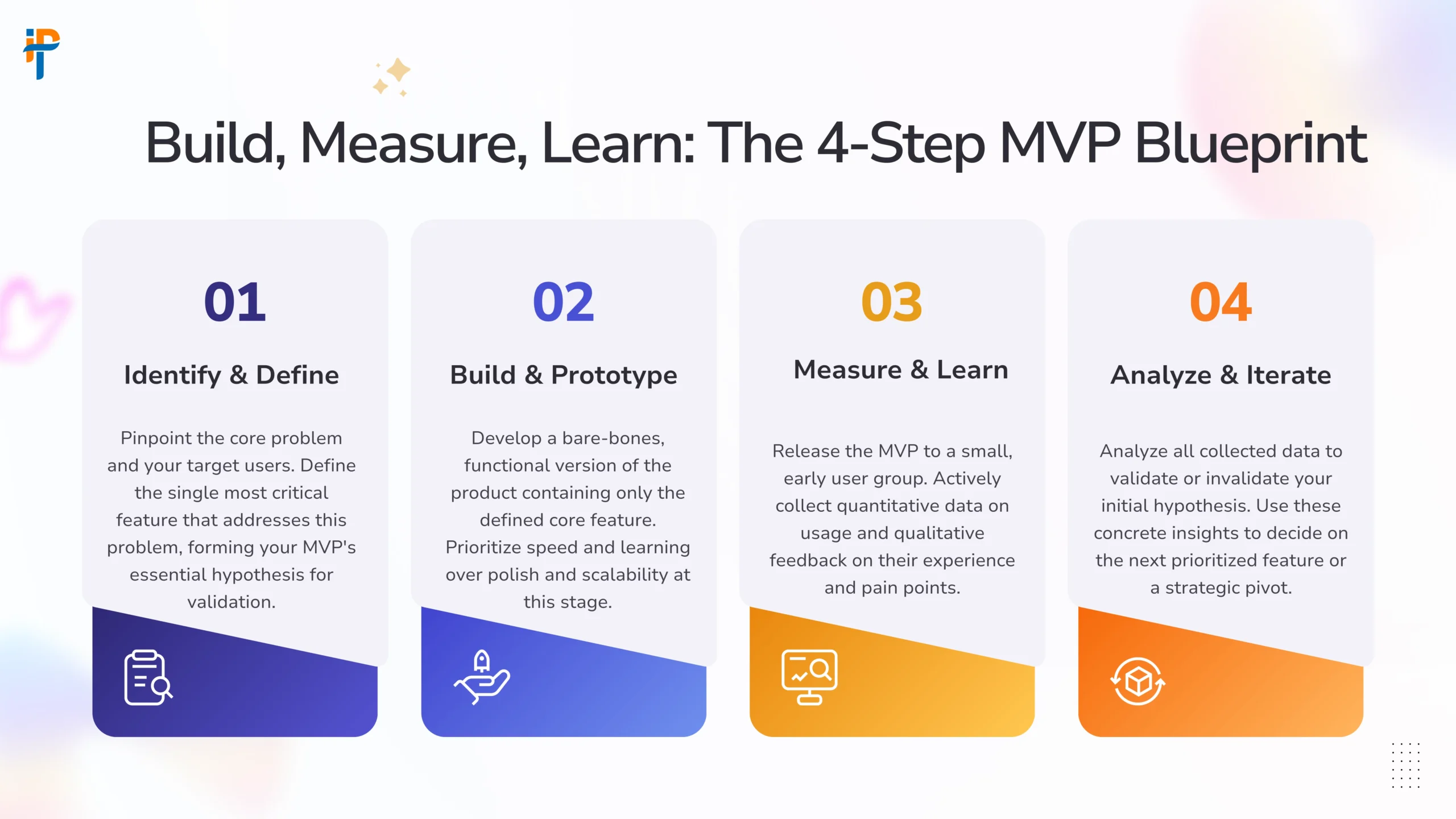
Feature Prioritization Using the MoSCoW Method
The MoSCoW method (Must have, Should have, Could have, Won’t have) is your best friend when deciding what goes into your MVP. Start by listing every feature you can imagine, then ruthlessly categorize them. Your MVP should only include the “must-haves”—features without which your product simply doesn’t work.
MoSCoW Feature Prioritization Example for a Food Delivery App
| Priority Level | Features | Justification |
|---|---|---|
| Must Have | User registration, Restaurant listing, Order placement, Payment processing | Core functionality required for basic service |
| Should Have | Order tracking, Reviews and ratings, Search filters | Enhances user experience significantly |
| Could Have | Loyalty programs, Social sharing, Multiple payment options | Nice additions but not critical for launch |
| Won’t Have | AI-powered recommendations, Voice ordering, AR menu viewing | Future enhancements for later versions |
Remember, every additional feature increases development time, cost, and complexity. Be brutal in your prioritization. You can always add features later based on user feedback and actual demand.
Also Read – How to Patent a Mobile App: Step-by-Step Legal Guide
Choosing the Right Technology Stack
Your technology choices can make or break your MVP timeline and budget. In 2025, the options are more diverse than ever. For mobile apps, consider cross-platform frameworks like Flutter or React Native that allow you to build for iOS and Android simultaneously. For web applications, modern frameworks like Next.js or Vue.js offer excellent performance and developer experience.
Cloud platforms have revolutionized MVP development. Services like AWS, Google Cloud, or Azure provide scalable infrastructure without upfront hardware costs. You can start small and scale as you grow, paying only for what you use. This flexibility is crucial for startups operating on tight budgets.
Development Methodologies for MVPs
Agile vs. Lean Startup Approach
While Agile focuses on iterative development cycles and continuous improvement, the Lean Startup methodology emphasizes validated learning through build-measure-learn cycles. The truth is, you don’t have to choose—the best MVPs combine both approaches.
Use Agile sprints to maintain development momentum and team coordination. Simultaneously, apply Lean principles to validate assumptions quickly and pivot when necessary. This hybrid approach ensures you’re building efficiently while staying responsive to market feedback.
Cost-Effective MVP Development Strategies
No-Code and Low-Code Solutions
The no-code revolution has democratized MVP development. Platforms like Bubble, Webflow, and Glide allow you to build sophisticated applications without traditional programming. These tools are perfect for validating ideas quickly and can handle surprisingly complex use cases.
However, understand the trade-offs. No-code platforms offer speed and cost savings but may limit customization and scalability. They’re excellent for initial validation but plan for potential migration to custom development as you scale. Many successful startups, including some unicorns, started with no-code MVPs before transitioning to custom solutions.
Outsourcing vs. In-House Development
The decision to outsource or build in-house depends on your specific situation.
Outsourcing to experienced development partners like IPH Technologies can accelerate your timeline and provide access to specialized expertise. With over 500 successful projects delivered, partnering with established firms brings proven methodologies and reduced risk.
In-house development offers more control and potentially better long-term economics, but requires significant upfront investment in hiring and infrastructure. Many successful startups use a hybrid approach—outsourcing initial MVP development while building their internal team for future iterations.
Testing and Validation
User Testing Frameworks
User testing isn’t a one-time event; it’s an ongoing process that should start before you even have a functional product. Begin with prototype testing using tools like Figma or InVision. These allow you to validate user flows and interfaces before investing in development.
Once your MVP is live, implement structured testing protocols. A/B testing helps optimize features and user experience. Usability testing sessions reveal pain points you never anticipated. Heat mapping tools show how users actually interact with your product versus how you expected them to.
Metrics That Matter
Not all metrics are created equal. Vanity metrics like total downloads might look impressive but don’t necessarily indicate success. Focus on actionable metrics that directly relate to your business goals and user value.
Key MVP Metrics and Their Importance
| Metric Category | Specific Metrics | Why It Matters | Target Benchmarks |
|---|---|---|---|
| Engagement | Daily/Monthly Active Users, Session Duration | Indicates product stickiness and value | DAU/MAU ratio > 20% |
| Retention | Day 1, Day 7, Day 30 retention rates | Shows if users find ongoing value | Day 30 retention > 20% |
| Conversion | Free to paid conversion, Feature adoption rate | Validates monetization potential | Conversion rate > 2-5% |
| Growth | Viral coefficient, Customer acquisition cost | Determines scalability and sustainability | Viral coefficient > 1.0 |
| Satisfaction | Net Promoter Score, Customer support tickets | Indicates product-market fit | NPS > 30 |
Track these metrics religiously and let them guide your iteration decisions. If retention is low, focus on improving core value. If engagement is high but conversion is low, revisit your pricing or value communication.
Also Read – AI Agents Explained: Why They Matter and Real-World Use Cases
Preparing for Fundraising in 2025
Understanding the Current Investment Landscape
The investment landscape in 2025 has shifted towards sustainable growth over growth at all costs. Investors are looking for efficient capital deployment, clear paths to profitability, and demonstrated traction. According to recent PitchBook data, median pre-money valuations have stabilized, making realistic valuations crucial for successful fundraising.
The rise of alternative funding sources has also changed the game. Revenue-based financing, equity crowdfunding, and tokenized investments offer new paths beyond traditional VCs. Understanding these options helps you choose the right funding strategy for your specific situation.
Types of Funding Available
Pre-seed to Series A Explained
Pre-seed funding, typically ranging from $50K to $500K, helps you build your MVP and achieve initial validation. This often comes from friends, family, and angel investors who bet on you as much as your idea. Your MVP at this stage needs to demonstrate feasibility and early user interest.
Seed funding ($500K to $2M) requires a functional MVP with demonstrated traction. Investors want to see user growth, engagement metrics, and a clear understanding of your market. Series A ($2M to $15M) demands proven product-market fit, consistent growth metrics, and a scalable business model. Each stage requires increasingly sophisticated MVPs and stronger validation.
Creating a Compelling Pitch
Essential Pitch Deck Components
Your pitch deck is your MVP’s story in slide format. Start with the problem—make investors feel the pain your target users experience. Then reveal your solution as the hero of the story. Include market size data to show the opportunity’s magnitude, but be realistic. Investors have seen too many “if we capture just 1% of a trillion-dollar market” pitches.
Demonstrate traction with real metrics from your MVP. Show user testimonials, case studies, and growth curves. Include your business model clearly—how you make money matters as much as how many users you have. End with your team’s credentials and why you’re uniquely positioned to execute this vision.
Storytelling for Investors
Numbers tell, but stories sell. Weave a narrative that connects emotionally while backing claims with data. Share specific user stories that illustrate your impact. Instead of saying “we improve efficiency,” tell the story of how a specific customer saved 3 hours daily using your product.
Use the hero’s journey framework: present the status quo, introduce the problem as the villain, position your product as the solution, and paint a picture of the transformed world. This narrative structure resonates because it follows patterns humans have used for millennia to understand and remember information.
Also Read – AI App Development Cost in 2025: From MVPs to Full-Scale Solutions
Common MVP Pitfalls and How to Avoid Them
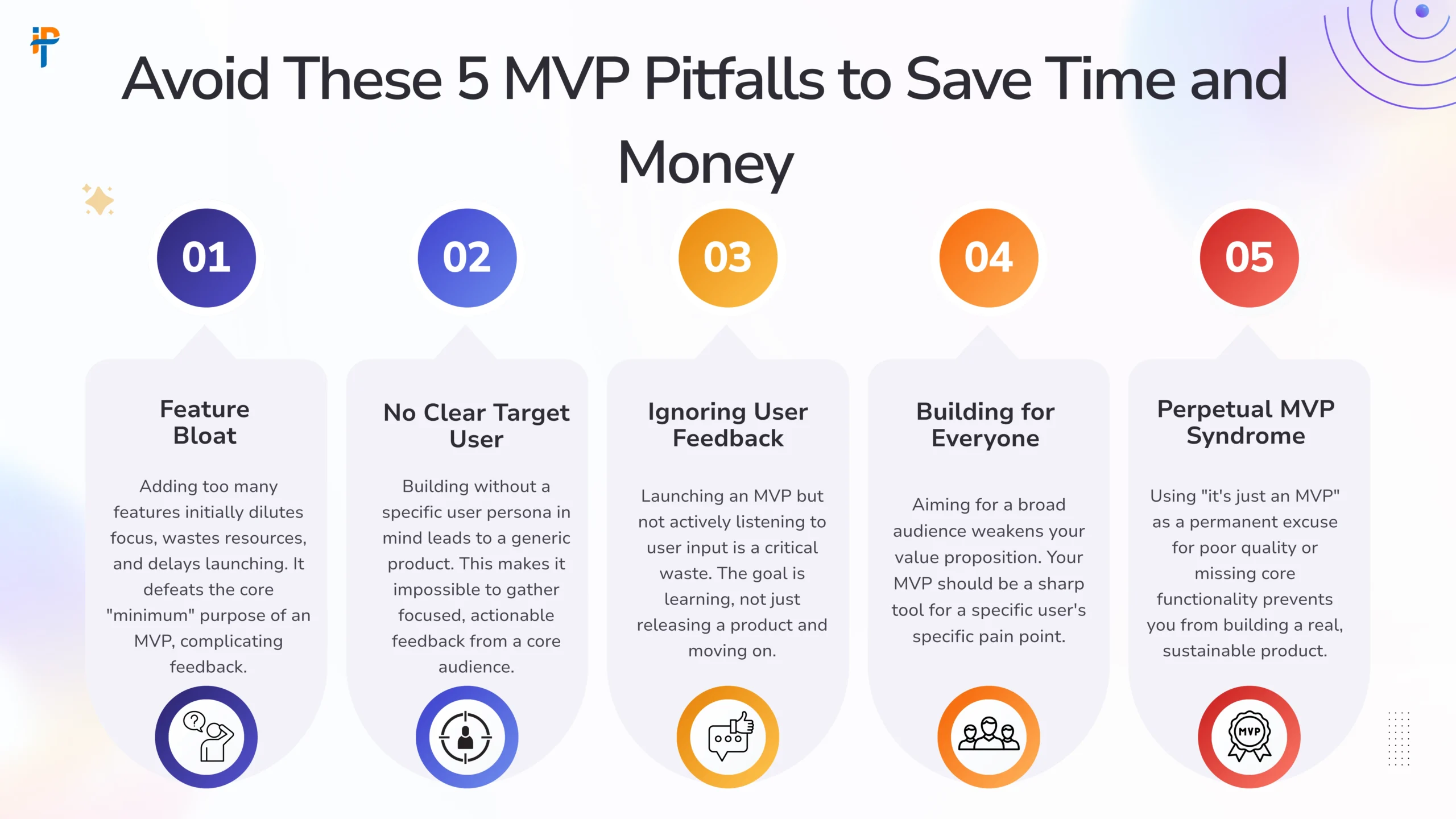
The biggest mistake? Feature creep. It starts innocently—”just one more feature”—but soon your MVP becomes a bloated product that takes forever to launch. Stay disciplined. Every feature should directly support your core value proposition. If it doesn’t, save it for version 2.0.
Another critical error is ignoring user feedback in favor of your original vision. Your MVP isn’t about proving you’re right; it’s about learning what users actually need. Be prepared to pivot based on data, even if it means abandoning features you love. Some of today’s most successful companies look nothing like their original MVPs—Instagram started as Burbn, a location-based check-in app.
Perfectionism kills more MVPs than lack of features ever will. Remember, if you’re not embarrassed by your first version, you launched too late. Users are surprisingly forgiving when the core value is strong. Focus on solving one problem exceptionally well rather than multiple problems adequately.
From Vision to Venture: It’s Time to Build
You’ve now navigated the essential blueprint for building a winning MVP and securing funding in 2025. The strategies, frameworks, and metrics you’ve explored are the same ones used by today’s most successful founders. But knowledge without action is merely potential.
The most common regret among entrepreneurs isn’t failure—it’s never starting. Your idea has value, and the market is waiting for the solution only you can build.
Stop Planning, Start Building.
The journey from a groundbreaking idea to an investment-ready MVP is complex, but you don’t have to walk it alone. The team at IPH Technologies has helped hundreds of founders like you transform their concepts into functional, fundable, and scalable products that attract investors and captivate users.
Your Next Step is a Click Away:
Schedule Your Free Strategy Session (Link Popup)
Book a complimentary, no-obligation 30-minute call with our experts. We’ll analyze your concept, discuss your market, and outline a clear, actionable roadmap to get your MVP to market faster.
Contact Us – (Link Popup)
Have specific questions? Reach out to our team directly. We’re here to provide the clarity and confidence you need to take the next step.
Don’t let your idea remain just an idea. Take action today and build the foundation for your startup’s success tomorrow.
Conclusion: Your Path Forward
Building an MVP and raising funding in 2025 requires a delicate balance of speed, quality, and strategic thinking. You’re not just building a product; you’re validating a business model, creating a growth engine, and telling a compelling story that resonates with users and investors alike.
Remember that your MVP is just the beginning of your journey. It’s a learning tool, a conversation starter, and a foundation for something greater. The insights you gain from your MVP will be more valuable than the product itself. These learnings shape your strategy, inform your pivots, and ultimately determine your success.
Take action today. Start with customer interviews, validate your assumptions, and begin building with the resources you have. Whether you’re leveraging no-code tools, partnering with development experts like IPH Technologies, or building in-house, the key is to start. The perfect time to launch your MVP will never come—but the right time is now.
Your idea deserves to see the light of day. With the right approach to MVP development and fundraising, 2025 could be the year your startup vision becomes reality. The market is waiting for solutions to real problems. Will yours be one of them?












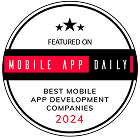
.png)
